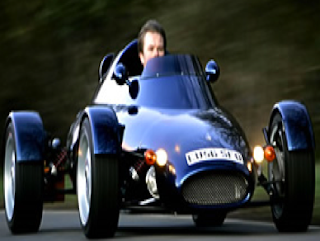Acoustic guitar designers far smarter than I have argued (sometimes in my presence) about “Tuned Tops”, the controversial idea being that guitar soundboards may be carefully sanded in order to emphasize a desired inherent note, or “Peak Resonant Frequency”. I only refer to that debate on my way to talking about what really matters in life: AMPLIFIERS.
But first, Coke bottles. Blow across the top of a coke bottle (or one of my Uncle Leo’s moonshine jugs),
and you’ll get a note. Sure, the note will contain harmonics, overtones, and whatnot, but a note of determinate pitch will be mostly what you hear. Increase the cavity size by “removing” some of the corn liquor, (first, give your cell phone to a friend for safekeeping), and the note gets lower. This is a Helmholtz Frequency. Guitars demonstrably have them, it’s just that it takes an air compressor gun to blow across the top of the soundhole with sufficient “oomph”.
and you’ll get a note. Sure, the note will contain harmonics, overtones, and whatnot, but a note of determinate pitch will be mostly what you hear. Increase the cavity size by “removing” some of the corn liquor, (first, give your cell phone to a friend for safekeeping), and the note gets lower. This is a Helmholtz Frequency. Guitars demonstrably have them, it’s just that it takes an air compressor gun to blow across the top of the soundhole with sufficient “oomph”.
How you’d blow across an amp cabinet to make a Helmholtz note, I have no idea. But what with the soft yellow pine (now many decades old) that pre-CBS Fender amps are made of, and their floating baffles, and their open backs... these old amps practically dance around when played at or near full blast.
Jim Marshall’s iconic 1960 4x12” cab is made from far stiffer baltic birch ply. The speakers originally available to Jim were really 15-watters, so he needed four twelves to survive the output of his JTM45. The closed back, fixed-baffle* cab is actually airtight, providing speaker-protecting air suspension, and reduced excursion (pumping to-and-fro).
I gigged for years with an open-back Marshall Bluesbreaker which really sounded like a Fender. That closed-back 4x12 cab is a key tone ingredient.
Particle board came into common use as amp/speaker cabs long after the Golden Age. It’s cheap, endlessly plentiful, and has none of the resonant qualities of finger-jointed Pine or Birch Ply. Apart from the SIGNIFICANT musical advantages of eschewing glue ‘n sawdust speaker cabs, that particle board crap “out gasses” formaldehyde, hastening the demise of the planet while generating inferior tone.
I recommend finger-jointed pine for combos, or Baltic Ply for cabs. If you buy a really old one, you’re saving a tree, as well as reaping the sonic benefits of decades of the wood drying out and vibrating. Manufacturers of particle board may chase me down and club me, but their crappy bats will crumble to dust with one crack of my noggin.
*on 1960 cabs, the baffle board to which the speakers are mounted is attached all the way around, unlike Fender's tacked-only-at-the-four corners, or "floating baffle"
















































